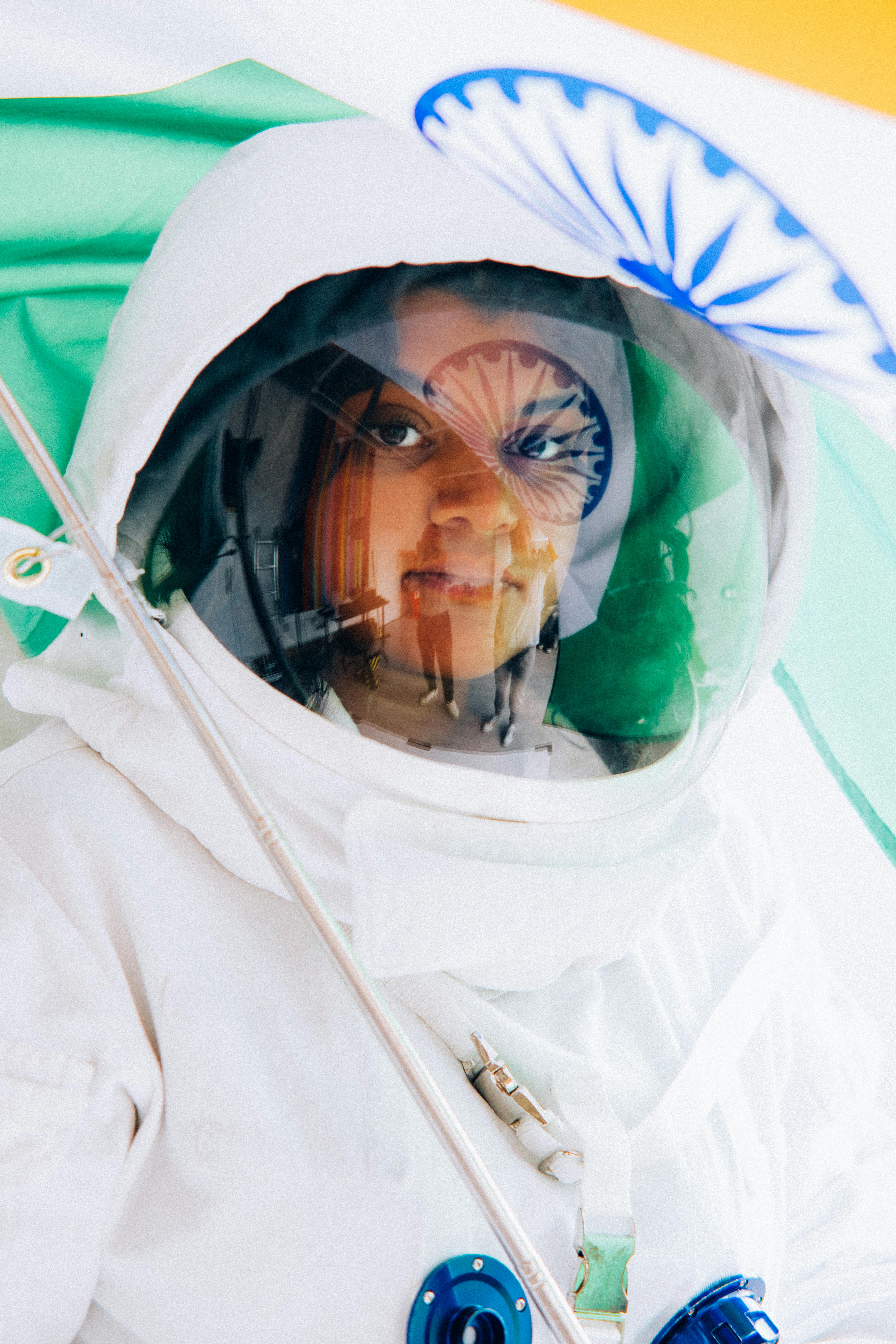
The space race has taken an emotional turn for India, marking a significant chapter in the nation’s journey into the cosmos. Recently, Group Captain Shubanshu Shukla, a distinguished test pilot of the Indian Air Force, became the first Indian astronaut to dock with the International Space Station (ISS) aboard the SpaceX Dragon spacecraft during the Axiom Mission 4. This monumental achievement not only propels India into the realm of human spaceflight but also highlights the growing ambitions of the country in space exploration.
This mission transcends the personal achievement of a single individual; it symbolizes a critical moment for a nation whose space ambitions are rapidly evolving. With an extensive track record of satellite launches, India is now preparing to send its own citizens into the final frontier, aiming for destinations such as the Moon and beyond.
Shubanshu Shukla: From Gandhinagar to the Stars
The journey of Group Captain Shubanshu Shukla is a testament to personal perseverance and India’s advancements in space technology. Born in Gujarat, Shukla’s path reflects years of dedication and training. As an IAF test pilot, he has spent considerable time pushing the boundaries of aviation technology. However, the ISS mission represents a significant leap — one that elevates his career and India’s position in the global space community.
Launched from Cape Canaveral on a SpaceX Falcon 9 rocket, Shukla’s mission is part of a commercial partnership between Axiom Space and NASA, aimed at transporting astronauts to the ISS from around the world. His participation marks an historic first: India’s inaugural presence in the most advanced space laboratory known to humankind.
Axiom Mission 4 and the Technology Behind It
During the mission, Shukla traveled aboard a Dragon capsule named ‘Grace’, experiencing cutting-edge space engineering first-hand. The Falcon 9 rocket, known for its remarkable reusability and precision, successfully delivered the crew into orbit — a feat SpaceX has achieved numerous times.
The Dragon capsule is equipped with state-of-the-art technology, including autonomous docking capabilities, life support systems, and advanced touchscreen controls. This mission not only provided a comfortable environment for Shukla but also introduced him to invaluable operational systems that will inform India’s own human spaceflight initiatives.
Research in Space: India’s Scientific Contributions to the ISS
Upon reaching the ISS, Shukla was not merely a passenger; he took on the role of a researcher, collaborating with experts from NASA and ISRO to conduct India-led microgravity experiments. These experiments focus on crucial areas, including:
- Exploring the impact of microgravity on food microorganisms, which could prove essential for long-duration missions.
- Analyzing astronaut interactions with electronic screens and the unique challenges presented by a zero-gravity environment, a vital step for future crewed spacecraft design.
This research goes beyond academic interest; the results will directly influence India’s Gaganyaan human spacecraft program, enabling scientists to glean insights that would be unattainable on Earth.
The Gaganyaan Connection: India’s Indigenous Space Dream
The aim of the upcoming Gaganyaan mission is to successfully send Indian astronauts into Earth’s orbit using the indigenous human-rated LVM3 rocket. Although the program has faced delays due to the COVID-19 pandemic and technical challenges, Shukla’s ISS mission provides invaluable experience that supplements the rigorous training routine for astronauts.
Insights Gained from Shukla’s Time at the ISS
- Astronaut training and mental preparation.
- Demonstrating life support systems in the space environment.
- Troubleshooting and system diagnosis during operations.
ISRO is also focusing on testing its own environmental control and life support systems (ECLSS) for Gaganyaan, alongside innovations in waste recycling, food systems, and thermal regulation. Shukla’s firsthand experiences will significantly aid in this critical area.
India’s Future in Space: From Lunar Landings to Space Stations
India’s ambitions do not end with Earth’s orbit. Following the successful missions of Chandrayaan-3 and Aditya-L1, the nation’s forward-looking roadmap is bold and comprehensive. It includes:
- Chandrayaan-4, aimed at being India’s first Lunar Sample Return Mission.
- The development of India’s own space station, scheduled for completion by 2030.
- Innovative advancements in robotics and autonomous docking technologies.
- Establishing a concrete step towards the larger goal of deep-space exploration.
The Rise of India’s Private Space Sector
While ISRO leads the charge in governmental space exploration, India’s private sector is emerging as a pivotal player. The Axiom mission exemplifies how a robust government-private partnership can reshape the trajectory of space exploration in the country.
- Skyroot Aerospace is actively testing reusable rockets.
- Agnikul Cosmos is creating mobile launch vehicles and advanced 3D-printed engines.
- Pixxel is deploying hyperspectral imaging satellites capable of monitoring everything from agricultural health to geological surveys.
With vested support from the Indian National Space Promotion and Authorization Center, these start-ups are well on their way to becoming key contributors to future space missions.
Conclusion: A Nation’s Progress
What began as a simple launch from the coast of Florida resonates deeply across India. Group Captain Shubanshu Shukla’s mission is more than a personal achievement; it represents national progress and evolution in the realm of space exploration.
His journey to the ISS positions India not only as a participant but also as a formidable challenger in the race for space exploration. The knowledge, experiences, and partnerships established during this mission lay the groundwork for a new chapter — where Indian astronauts, private companies, and researchers collaborate on the global space stage.
The countdown is complete. The mission is in progress, and India’s quest to reach the stars has only just begun. This remarkable journey speaks volumes of the aspirations, innovations, and tenacity of a nation eager to carve its place in the cosmos.